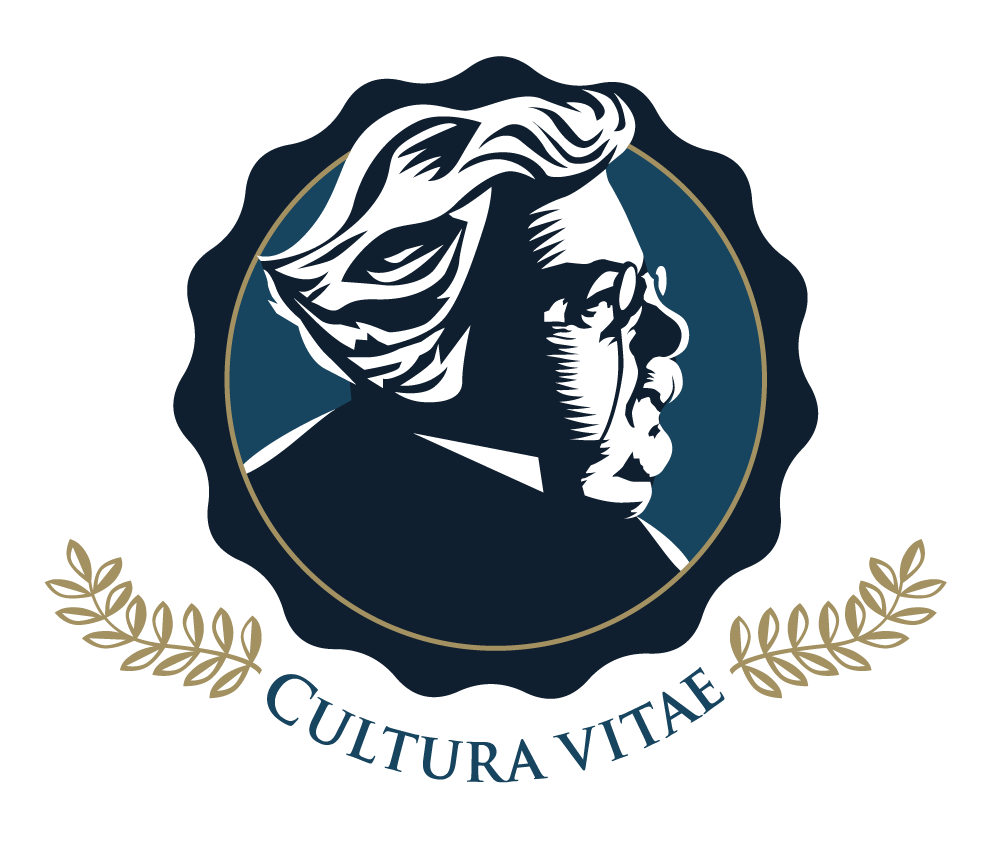Art 09 - Art & Art History
The art curriculum at Chesterton Academy covers both art history and studio art. The studio arts portion of the class introduces students to the basic concepts of representative drawing, that is, careful and systematic observation of the physical world, followed by the faithful translation of those observations into the visual language of drawing in various media. Another historically relevant skill introduced in the course is calligraphy, since the earliest written texts were created in ancient times. The second emphasis of the course is to introduce students to the history of art, beginning with prehistoric art of the Paleolithic age, followed by the art of the earliest civilizations (Egypt and Mesopotamia), then Minoan and Mycenaean art, which through their influence naturally lead into the art of the Classical Age - Greece and Rome.
Art 10 - Art & Art History
The studio arts portion of the course builds on and expands students’ knowledge and experience of representational drawing, introduces more advanced techniques, concepts (like color theory), and media (like charcoal, pastel, and paint), and challenges students’ creativity with longer-term, more refined projects that call on them to use their knowledge and skills to express their own thoughts and ideas. The final project, an Illuminated Page, integrates a number of the skills and concepts they have learned. The purpose of the art history portion of the course is to introduce students to the art of the first Christians, followed by the art of the Early Medieval Period, Byzantine Art, and the age of the Gothic, and finally the Northern Renaissance. In all this the gradual recovery of Classical knowledge, and the energy and innovation of those who built on it, is emphasized as an important foundation for putting the Italian Renaissance (studied in 11th grade) into proper perspective.
Art 11 | Art & Art History
Art 12 | Art & Art History
The studio arts portion of this course introduces the tools and techniques of oil painting, beginning with simple value scales and the basics of controlling the medium, followed by: 1) A Grisaille (“gray”) painting, using only black and white paint in a standard, opaque application to create a representational image, 2) A Brunaille (“brown”) painting, using transparent techniques (dry brush, painting medium) to create an original representational image (like a study of their own hands), and 3) An Alla Prima (“all at once”) painting, using the full color range on the pallet, mixing, applying, and blending colors using opaque techniques. The art history portion of the course begins with the Italian Renaissance, then looks at the Mannerist, Baroque, and Rococo styles that followed, and finally the dominance and influence of the Art Academies of Europe (and the collapse of those institutions, with rise of the first modern art movement, Impressionism).
The studio arts portion of this course challenges students to use all they have learned in the preceding three years to either complete a study of an acknowledged art masterwork using oil paints, or conceive and execute an original oil painting from their own resources (still life, portrait, landscape, etc). A good deal of individual interaction and instruction is provided to guide each student through this process. Though all painting projects are first approved by the instructor, there is a good deal more encouragement toward creative freedom in senior year. The Art History portion of the course begins with examining the great changes in art in the nineteenth century; the advent of Photography, the collapse of the Art Academies and the Rise of Impressionism, then looks at the explosion of Modern Art movements after Impressionism, and finally examines how Modern Art changed radically yet again during and after the two Great Wars of the Twentieth Century. Throughout, students are encouraged to take what they have learned about the dynamics of art history, and to apply it to the examination of present-day culture and art. Where are we, now? Where are we headed?
